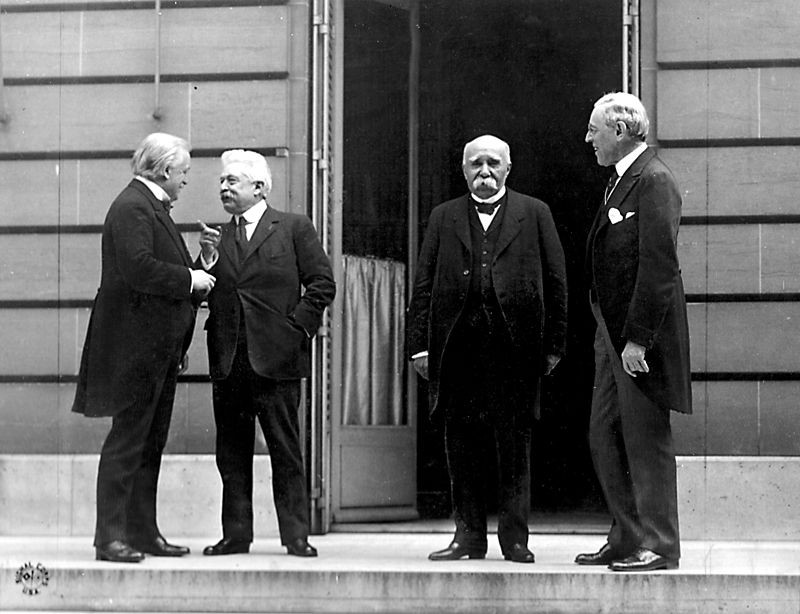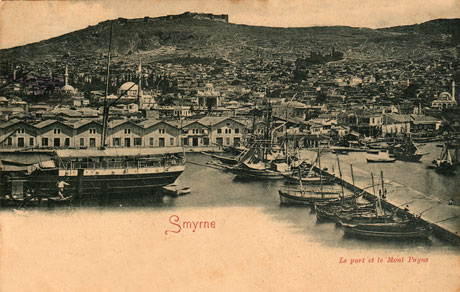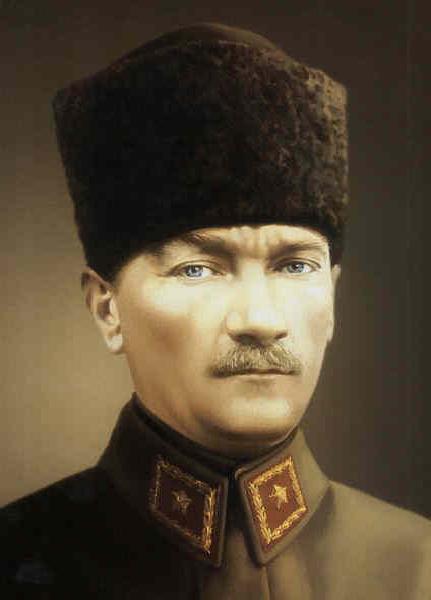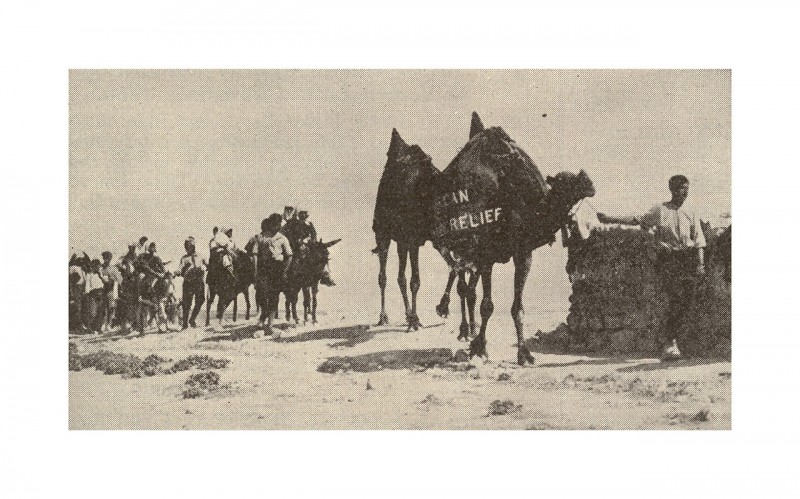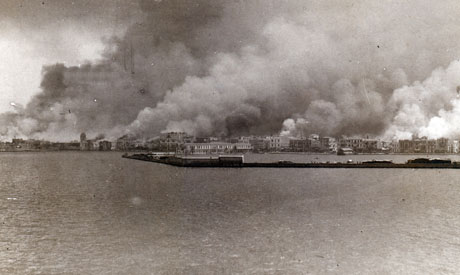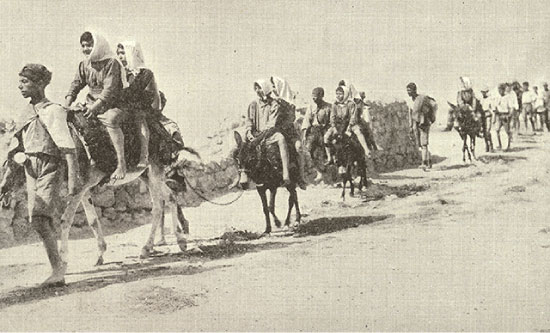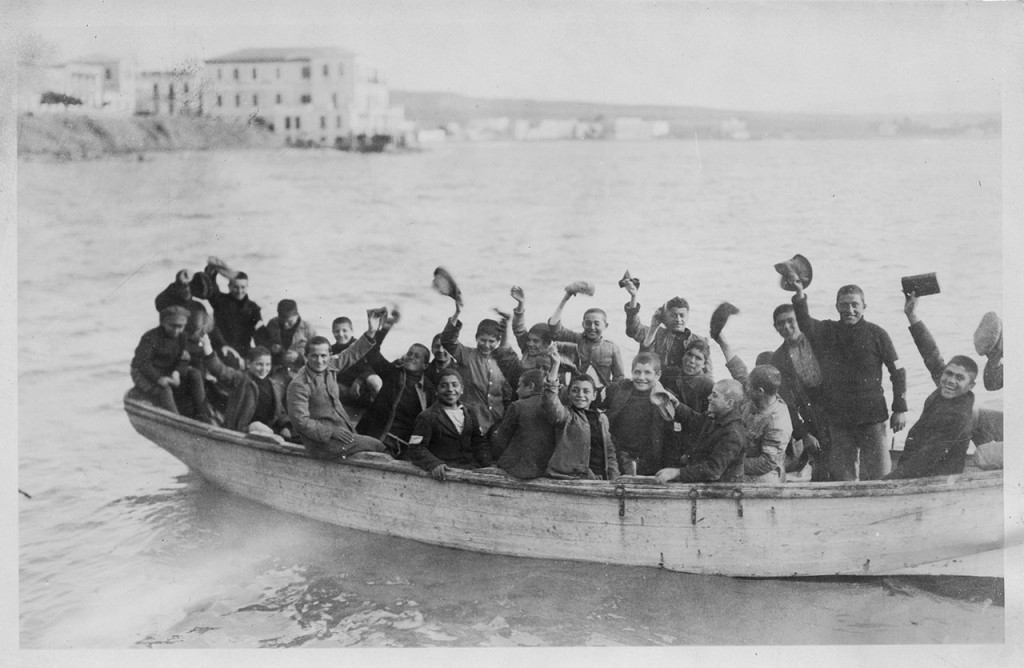October 20, 1918
World War I Ends
Finally admitting defeat, the Ottoman government signs the Armistice of Mudros. The Ottoman Empire had finally collapsed. The Allied Powers, including the United States, begin the process of carving up the Empire’s remains. The Allies install a temporary government in Constantinople that is favorable to their goals.
